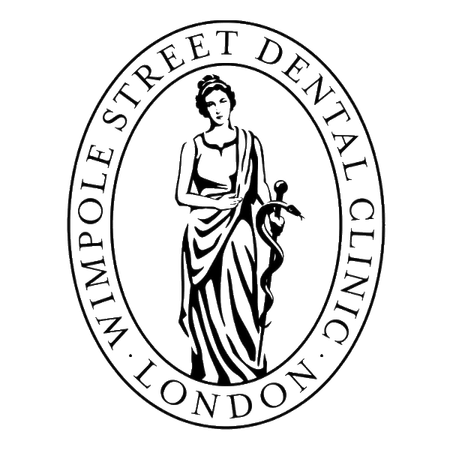Our bone grafting dental surgery is led by Prof. Mehl and Dr. Dejan Dragisic whose clinical expertise in Oral Surgery and Implantology is further complemented by their proficiency in all aspects of the field of Oral Medicine.
Bone graft surgery can often be conducted on an outpatient basis in just a couple of hours. It can be performed under local anaesthetic or light sedation in clinic. Please note that bone (natural or artificial) is a body tissue which needs significant and gradual healing time post-treatment or time to bond, respectively. We advise approximately 4-6 months is the period needed. Your dentist can advise on all aspects of aftercare and recovery at consultation.
Bone augmentation techniques currently available at Wimpole Street Dental Clinic
- Small bone augmentation around immediate dental implants
Removing the tooth ready to receive an implant where it is placed directly in the extraction socket. The shape between the socket and the implant may be irregular so it is filled with bone – that of the patient or one of mostly bovine or porcine origin.
- Small bone augmentation around dental implants
Here the dental issue is periodontal or root canal inflammation eating away at bone originally supporting the affected tooth.
- Bone augmentation with the use of artificial material only for denture wearers
For patients with dentures – where jawbone volume has diminished considerably we use bone augmentation with artificial bone to anchor the dental implants securely.
- Upper jawbone construction/Sinus lift
Where there is missing bone in the upper jaw we can perform a sinus lift. A small part of the paranasal sinus (maxillary sinus) is filled with artificial bone. Over time a sufficient layer of bone develops which can support a dental implant.
- Bone block for bone augmentation
When extracting bone from the wisdom teeth area at the rear of the lower jaw. Please note that the extracted bone will grow back completely.
- Bone block transplants to create new bone for front teeth
Where tooth extraction, bone and soft tissue loss has been considerable at the site of the front teeth. Extracting a bone block from the lower jaw area can be expertly shaped and fixed at the surgical site.
- Lower jawbone construction (an autologous bone graft similar to bone block transplant)
Where the bone block has been extracted from the wisdom teeth region to the surgical site where a substantial loss of jawbone has occurred. Just as before, over time, the transferred bone fuses to support the eventual dental implant once placed.
- Extensive bone augmentation
Here pronounced bone loss has happened to the patient so small parts of the hip bone (the iliac crest) can be removed so we can safely gain enough own bone to use. The bone pieces so removed are attached to the jawbone using small titanium screws. This technique though, is used extremely rarely.
For more information on the above bone augmentation techniques please visit our bone graft surgery page.
Bone grafting – step by step outline
Depending on the technique recommended to you and so one you proceed with, here is an example outline:
- Rest assured that before the procedure starts you will receive a local anaesthetic or light sedation as appropriate to ensure painless dental surgery.
- The affected site is cleaned ready for the incision to be made
- The incision is made at the affected site to separate gum from bone
- The bone section extracted from an alternative site or artificial bone (or a blend of both) is placed at the affected site to allow it to grow together with the existing healthy bone within the jaw
- The bone graft is securely anchored in place in the jaw
- The incision at the affected site is sewn up to allow you to heal and enable you to recover
- Once the surgery is complete you will recover in of our recovery rooms
- Once you are ready to leave the surgery you will be presented with all the aftercare information you may need.

